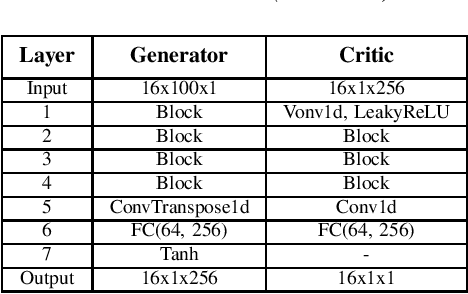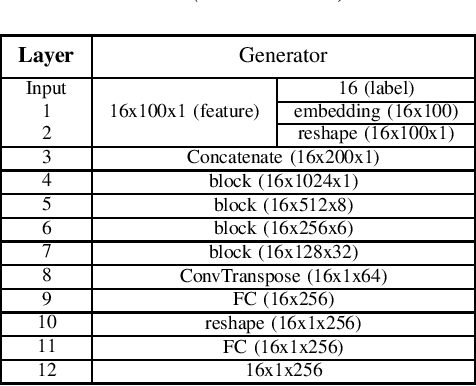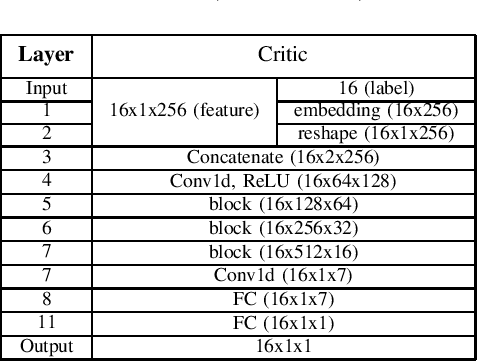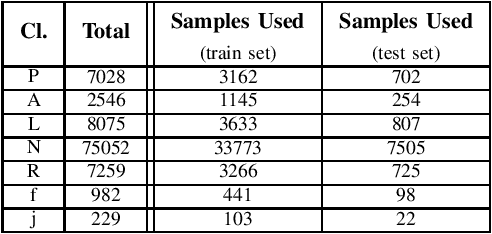Arrhythmia Classification using CGAN-augmented ECG Signals
Paper and Code
Jan 26, 2022



One of the easiest ways to diagnose cardiovascular conditions is Electrocardiogram (ECG) analysis. ECG databases usually have highly imbalanced distributions due to the abundance of Normal ECG and scarcity of abnormal cases which are equally, if not more, important for arrhythmia detection. As such, DL classifiers trained on these datasets usually perform poorly, especially on minor classes. One solution to address the imbalance is to generate realistic synthetic ECG signals mostly using Generative Adversarial Networks (GAN) to augment and the datasets. In this study, we designed an experiment to investigate the impact of data augmentation on arrhythmia classification. Using the MIT-BIH Arrhythmia dataset, we employed two ways for ECG beats generation: (i) an unconditional GAN, i.e., Wasserstein GAN with gradient penalty (WGAN-GP) is trained on each class individually; (ii) a conditional GAN model, i.e., Auxiliary Classifier Wasserstein GAN with gradient penalty (AC-WGAN-GP) is trained on all the available classes to train one single generator. Two scenarios are defined for each case: i) unscreened where all the generated synthetic beats were used directly without any post-processing, and ii) screened where a portion of generated beats are selected based on their Dynamic Time Warping (DTW) distance with a designated template. A ResNet classifier is trained on each of the four augmented datasets and the performance metrics of precision, recall and F1-Score as well as the confusion matrices were compared with the reference case, i.e., when the classifier is trained on the imbalanced original dataset. The results show that in all four cases augmentation achieves impressive improvements in metrics particularly on minor classes (typically from 0 or 0.27 to 0.99). The quality of the generated beats is also evaluated using DTW distance function compared with real data.
 Add to Chrome
Add to Chrome Add to Firefox
Add to Firefox Add to Edge
Add to Edge